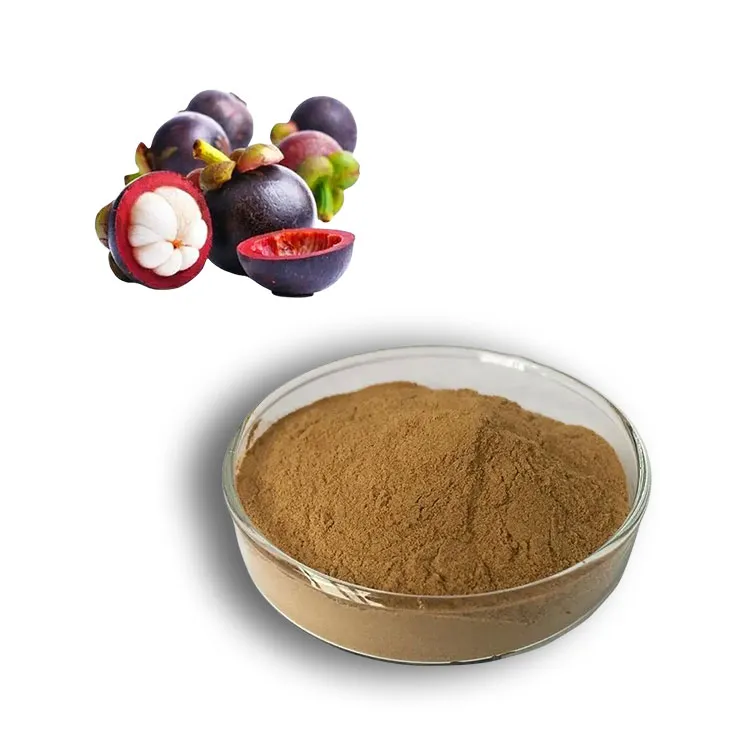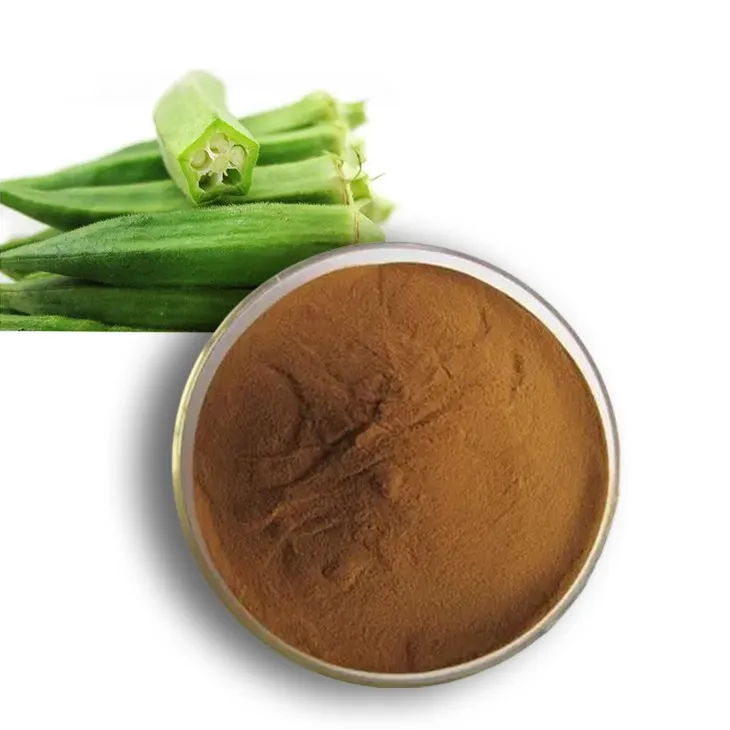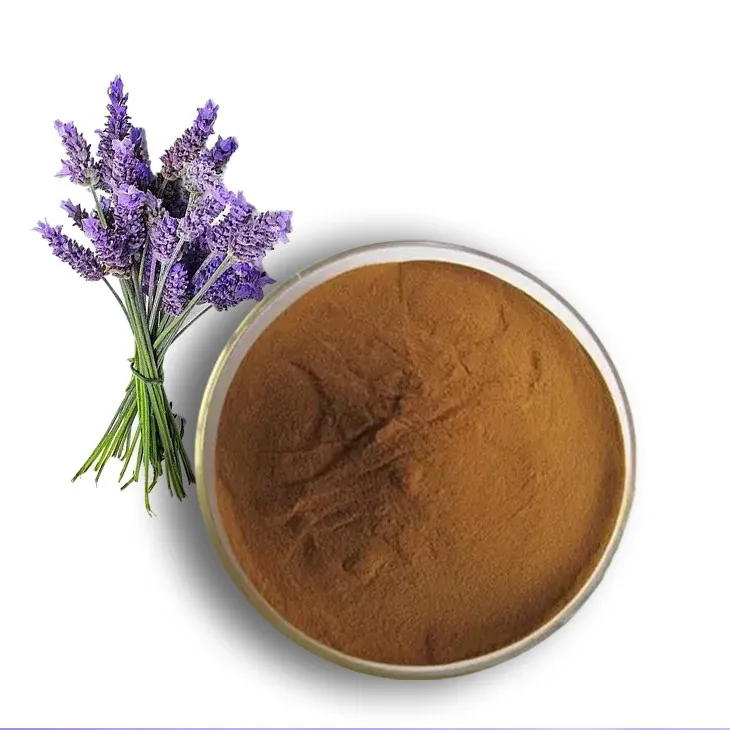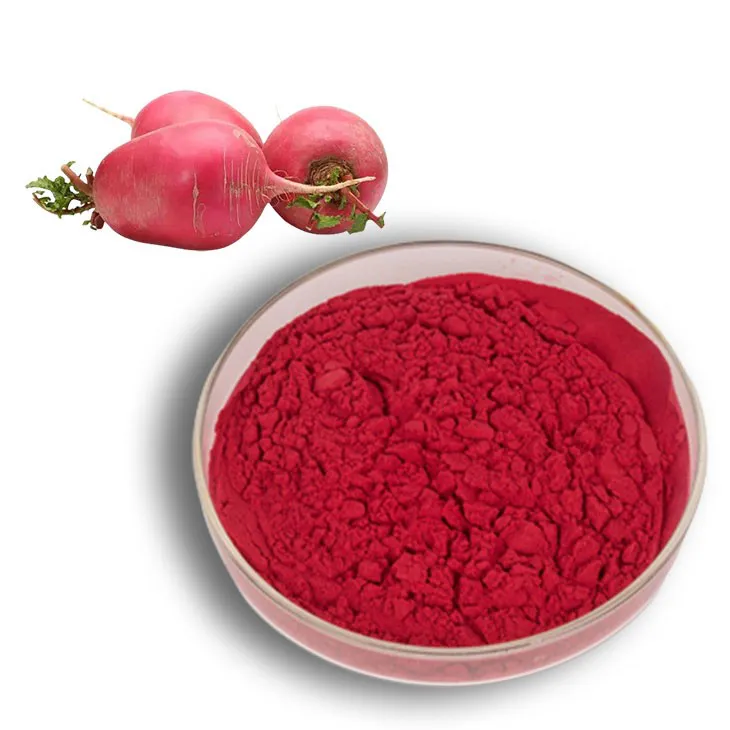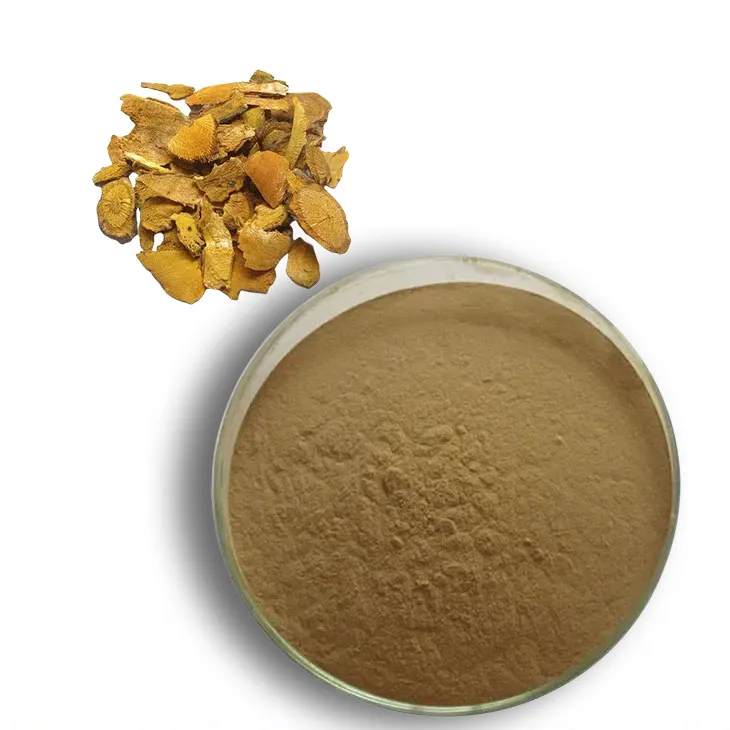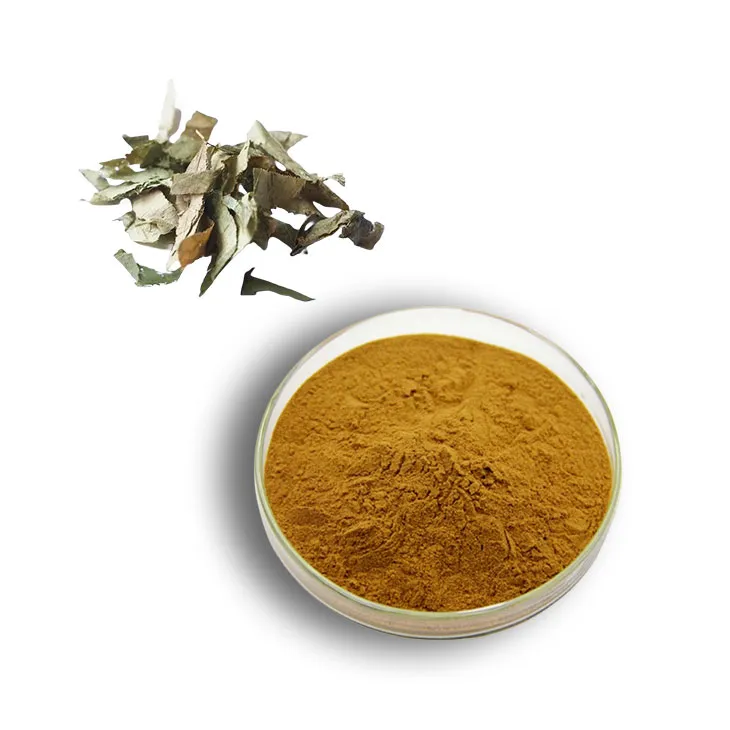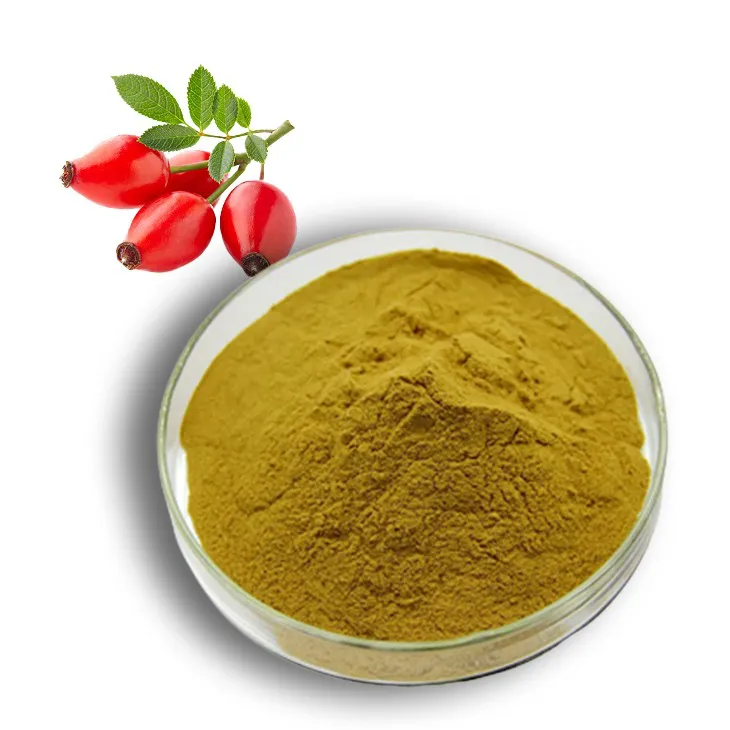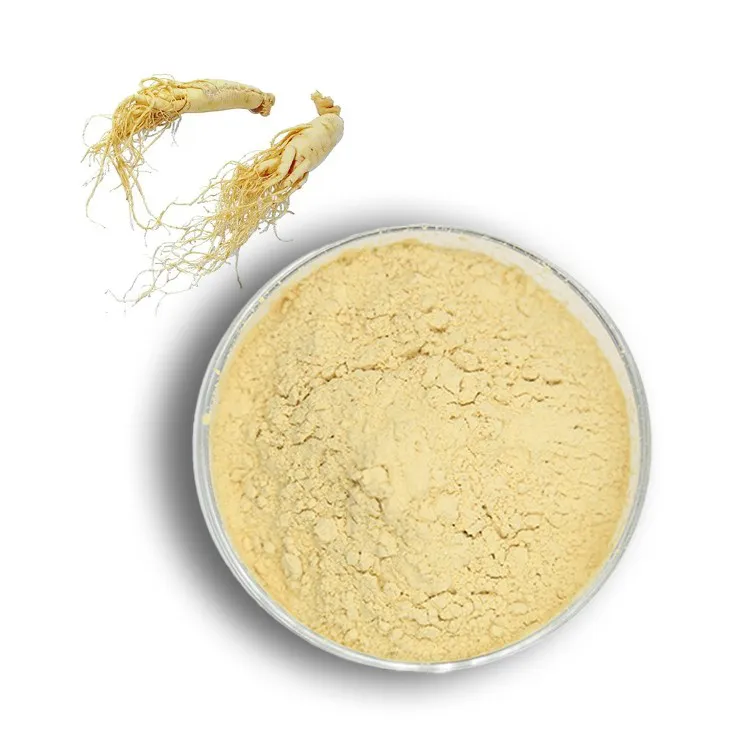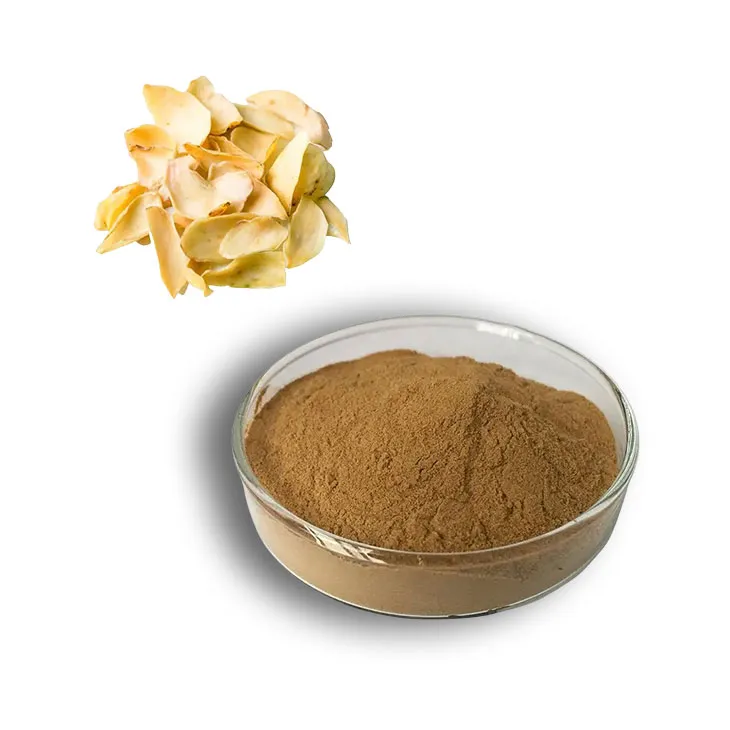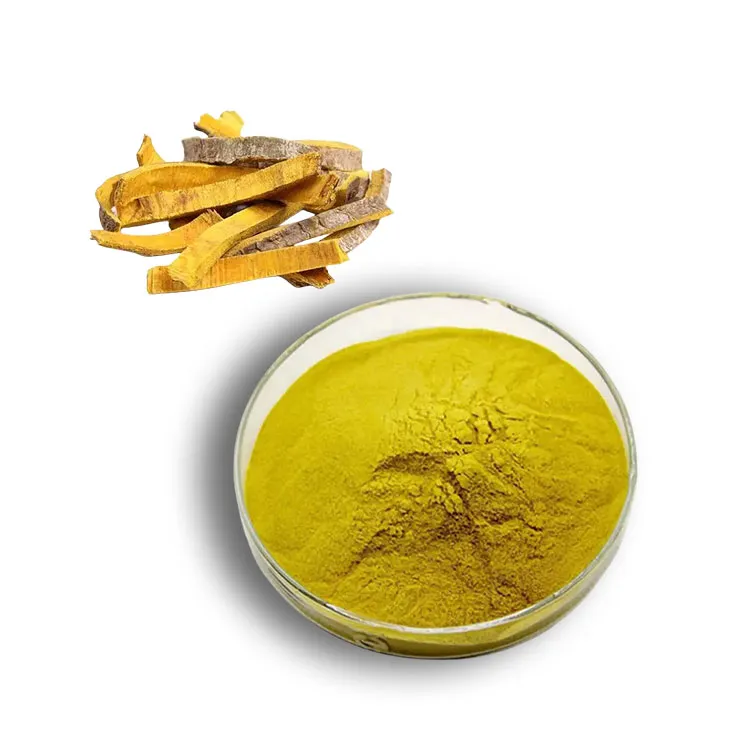- 0086-571-85302990
- sales@greenskybio.com
Exploring the Rich History of Berberis aristata: Traditional Uses and Medicinal Virtues
2024-07-04
1. Introduction
Berberis aristata, a plant that has been an integral part of human history for centuries. This remarkable plant has been used in various cultures around the world for its numerous properties. It has not only been a source of medicinal remedies but also holds significance in local folklore and traditional knowledge systems. In this article, we will take a comprehensive look at the traditional uses of Berberis aristata and explore its medicinal virtues based on historical evidence and modern scientific research.
2. The Botany of Berberis aristata
Berberis aristata is a shrub that belongs to the Berberidaceae family. It is characterized by its spiny branches and yellow flowers. The plant is native to the Himalayas and can be found at altitudes ranging from 1,500 to 3,200 meters. The berries of Berberis aristata are small, oval - shaped, and red in color when ripe. These berries, along with other parts of the plant such as the roots and bark, have been used for various purposes.
3. Traditional Uses in Herbal Medicine
3.1 Diabetes
In traditional medicine, Berberis aristata has been used to manage diabetes. Extracts from the plant are believed to have hypoglycemic properties, which means they can help in reducing blood sugar levels. This has been part of the traditional knowledge in many regions where the plant is found. For example, in some parts of India, herbal practitioners have long used Berberis aristata in their formulations for diabetic patients. However, it is important to note that while traditional use suggests its effectiveness, modern scientific research is still in the process of fully understanding the mechanisms behind this potential benefit.
3.2 Digestive Disorders
Another important traditional use of Berberis aristata is in the treatment of digestive disorders.
- It has been used as a digestive stimulant. The bitter compounds present in the plant are thought to enhance the secretion of digestive juices, thus improving digestion.
- For conditions like diarrhea, Berberis aristata has been used traditionally. Its astringent properties help in reducing excessive bowel movements. This is because the plant contains substances that can constrict the tissues in the intestines, thereby reducing the frequency of stools.
3.3 Skin Disorders
Berberis aristata has also found its place in traditional medicine for treating skin disorders.
- It has been used topically for treating skin infections. The antibacterial and antifungal properties of the plant are believed to be responsible for this. The plant extracts can be applied directly to the affected area to combat infections such as ringworm and eczema.
- In some traditional practices, it is also used for wound healing. The anti - inflammatory properties of Berberis aristata can help in reducing swelling and promoting the regeneration of skin tissues.
4. Significance in Local Folklore
In many local cultures where Berberis aristata is found, it holds a special place in folklore.
- In some Himalayan regions, it is considered a sacred plant. There are stories and legends associated with it, often portraying it as a plant with magical healing powers. For example, it is said that in ancient times, when a plague struck a village, a wise old man used Berberis aristata to cure the sick, and since then it has been revered in the local community.
- In other cultures, it is associated with protection. People would plant Berberis aristata around their homes or carry a small piece of the plant with them to ward off evil spirits or bad luck.
5. Medicinal Virtues Based on Modern Scientific Research
5.1 Antibacterial Properties
Modern scientific research has confirmed the antibacterial properties of Berberis aristata. Laboratory studies have shown that extracts from the plant can inhibit the growth of various bacteria such as Escherichia coli and Staphylococcus aureus. The active compounds in the plant, such as berberine, are responsible for this antibacterial activity. These findings support the traditional use of the plant for treating bacterial infections.
5.2 Anti - inflammatory Effects
Studies have also demonstrated the anti - inflammatory effects of Berberis aristata.
- The plant extracts can reduce inflammation in the body by suppressing the production of inflammatory mediators. This is beneficial in conditions such as arthritis, where inflammation in the joints causes pain and disability.
- It can also be useful in reducing inflammation in the digestive tract, which may be related to its traditional use in treating digestive disorders.
5.3 Antioxidant Activity
Berberis aristata has been found to possess antioxidant activity.
- Antioxidants are substances that can neutralize free radicals in the body. Free radicals are unstable molecules that can cause damage to cells and tissues, leading to various diseases such as cancer and heart disease.
- The antioxidant activity of Berberis aristata may contribute to its overall health - promoting effects, and it could potentially be used in the prevention and treatment of oxidative stress - related diseases.
6. Conclusion
Berberis aristata is a plant with a rich history of traditional uses and significant medicinal virtues. Its use in herbal medicine for various diseases such as diabetes, digestive disorders, and skin disorders has been passed down through generations. Additionally, its significance in local folklore adds to its cultural value. Modern scientific research has provided evidence for many of its traditional uses, such as its antibacterial, anti - inflammatory, and antioxidant properties. However, more research is still needed to fully understand the potential of Berberis aristata and to develop safe and effective therapeutic applications based on this plant. As we continue to explore the world of natural remedies, Berberis aristata stands as a prime example of a plant with great potential in the field of medicine and health.
FAQ:
What are the traditional uses of Berberis aristata in different cultures?
Berberis aristata has been used in various cultures for different purposes. In some regions, it has been used in herbal medicine to treat diabetes. In others, it has been utilized for digestive disorders. It also holds significance in local folklore, often being associated with certain beliefs about health and well - being. For example, in some traditional knowledge systems, it was considered a plant with protective or curative powers for general ailments.
How does Berberis aristata contribute to the treatment of diabetes?
Historically, Berberis aristata has been used in the treatment of diabetes. Modern scientific research has found that it may contain certain compounds that could potentially affect blood sugar levels. Some of its active ingredients might help in improving insulin sensitivity or regulating glucose metabolism. However, more research is still needed to fully understand its mechanisms and effectiveness in diabetes treatment.
What role does Berberis aristata play in treating digestive disorders?
Berberis aristata has been traditionally used for digestive disorders. It may help in relieving symptoms such as indigestion, stomach pain, and diarrhea. This could be due to its potential anti - inflammatory and antimicrobial properties. These properties might help in reducing inflammation in the digestive tract and combating harmful bacteria, thus promoting better digestive health.
What are the main medicinal virtues of Berberis aristata according to modern scientific research?
Modern scientific research has identified several medicinal virtues of Berberis aristata. It has shown potential antimicrobial activity, which means it can fight against various microorganisms. It also has antioxidant properties, which can help in protecting the body's cells from damage caused by free radicals. Additionally, as mentioned before, it may have a role in blood sugar regulation and digestive health, although further studies are required to confirm and better understand these effects.
How is Berberis aristata incorporated into traditional medicine?
In traditional medicine, Berberis aristata can be used in different forms. It may be prepared as a decoction, where the plant parts are boiled in water and the resulting liquid is consumed. It can also be made into tinctures, which are alcohol - based extracts. Sometimes, it is used in powdered form and added to other herbal mixtures for treating specific ailments.
Related literature
- Traditional Medicinal Uses of Berberis Species"
- "The Medicinal Properties of Berberis aristata: A Comprehensive Review"
- "Berberis aristata in Folk Medicine and Modern Research"
- ▶ Hesperidin
- ▶ Citrus Bioflavonoids
- ▶ Plant Extract
- ▶ lycopene
- ▶ Diosmin
- ▶ Grape seed extract
- ▶ Sea buckthorn Juice Powder
- ▶ Fruit Juice Powder
- ▶ Hops Extract
- ▶ Artichoke Extract
- ▶ Mushroom extract
- ▶ Astaxanthin
- ▶ Green Tea Extract
- ▶ Curcumin
- ▶ Horse Chestnut Extract
- ▶ Other Product
- ▶ Boswellia Serrata Extract
- ▶ Resveratrol
- ▶ Marigold Extract
- ▶ Grape Leaf Extract
- ▶ New Product
- ▶ Aminolevulinic acid
- ▶ Cranberry Extract
- ▶ Red Yeast Rice
- ▶ Red Wine Extract
-
Mangosteen extract powder
2024-07-04
-
Okra Extract
2024-07-04
-
Lavender Extract
2024-07-04
-
Beetroot Powder
2024-07-04
-
Polygonum Cuspidatum Extract
2024-07-04
-
Epimedium extract powder
2024-07-04
-
Rose Hip Extract
2024-07-04
-
Ginseng Root Extract
2024-07-04
-
Lily extract
2024-07-04
-
Phellodendron Extract
2024-07-04











